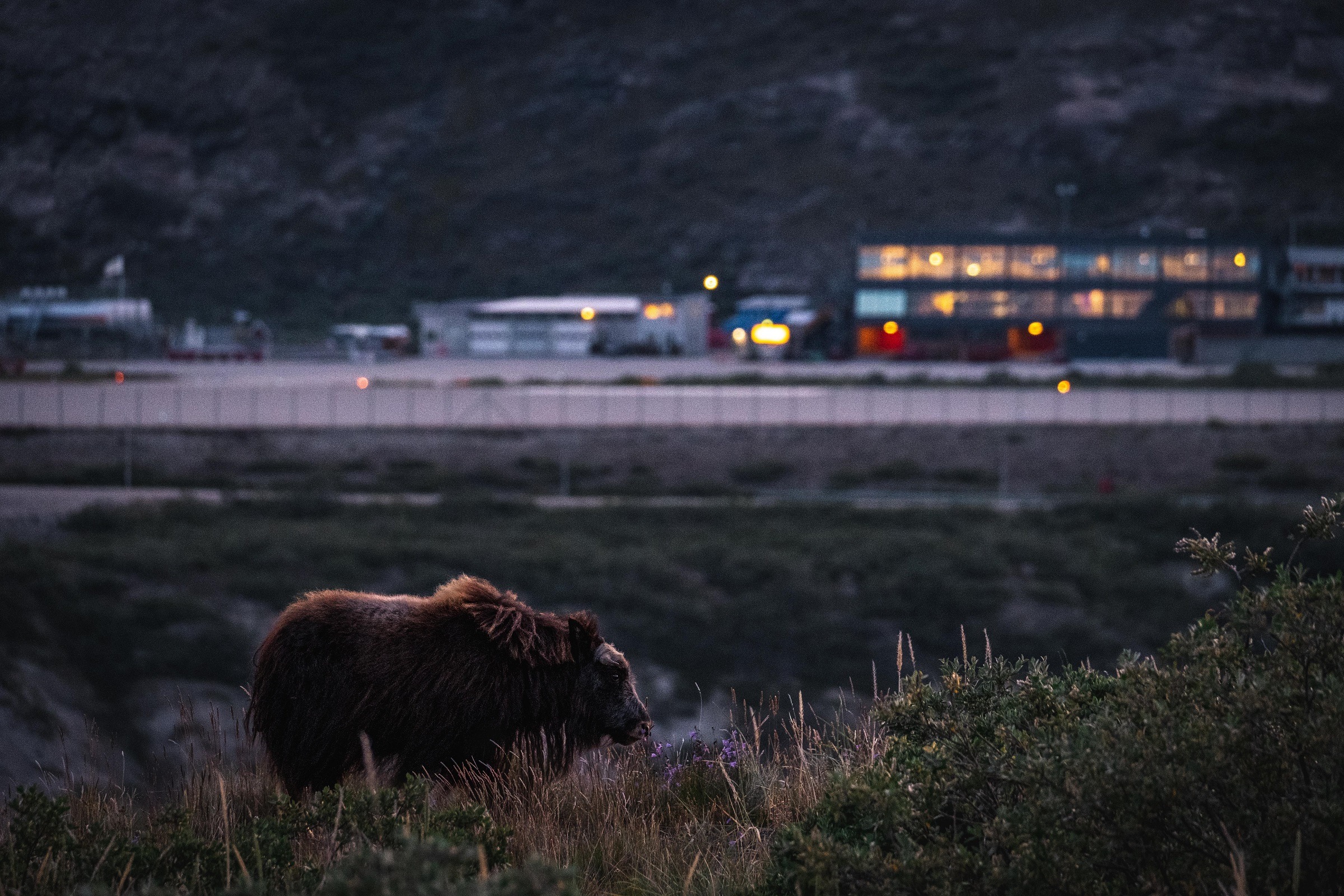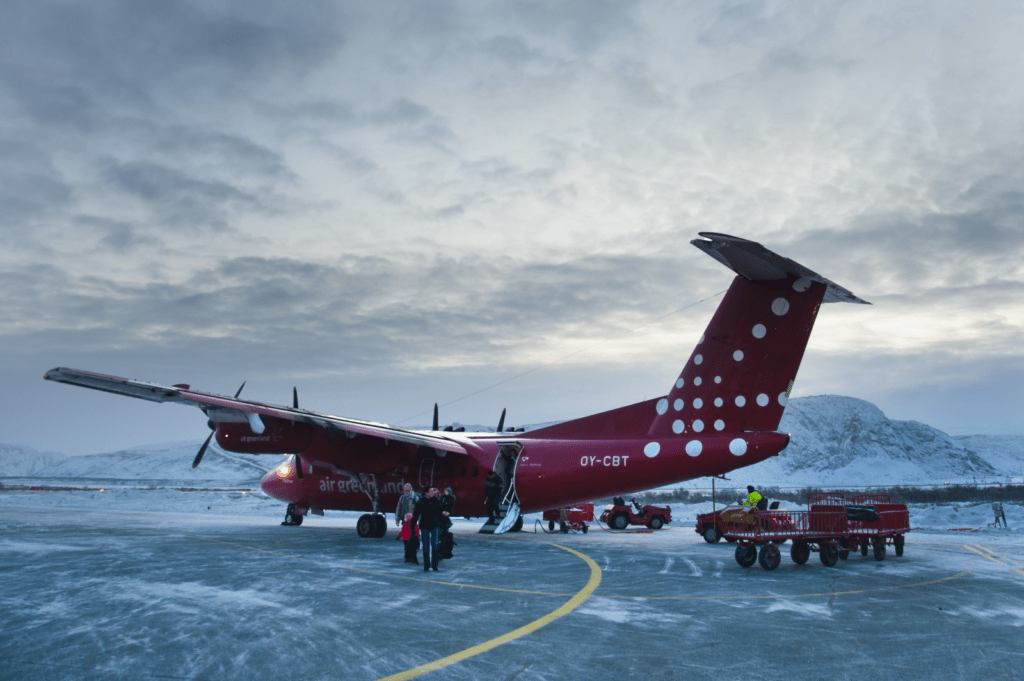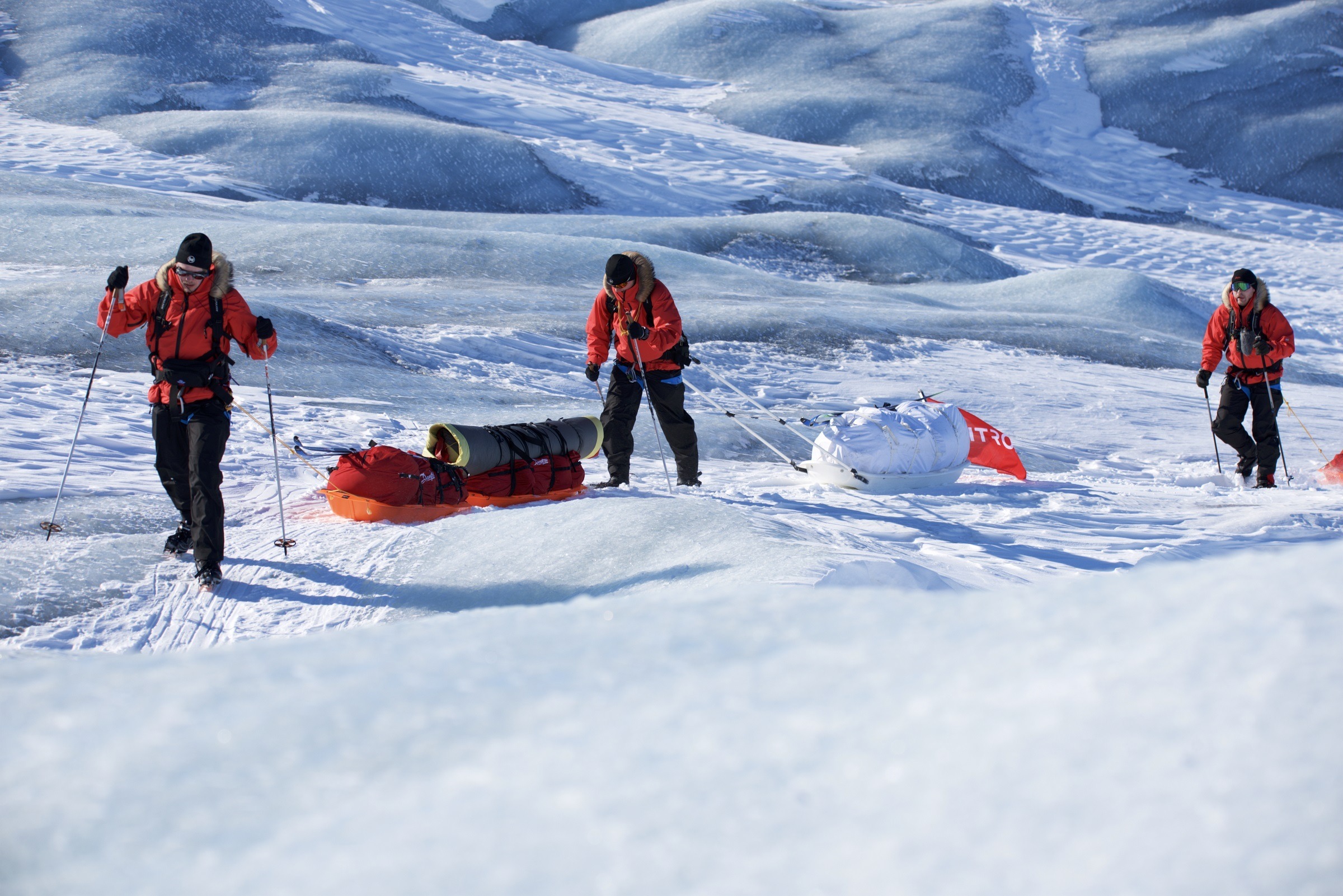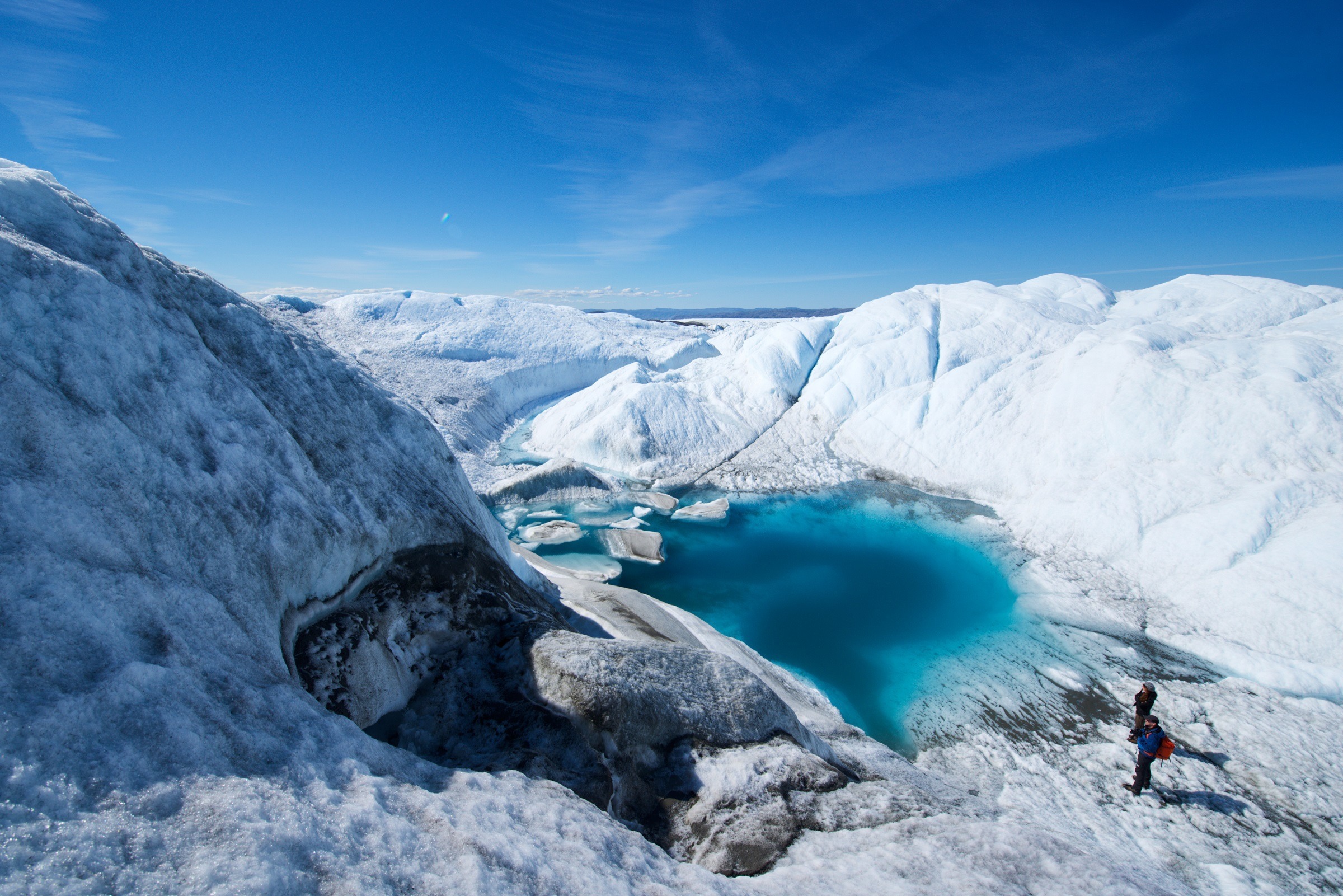
Permits & Good to know
Permits, travel and good to know, Kangerlussuaq Greenland

Researchers travel to Greenland by air on military or commercial flights. The American researchers supported by the NSF can travel with the New York Air National Guard from Stratton ANGB in Scotia. For researchers non-supported by the NSF, various solutions are available:
- Primarily Copenhagen to Kangerlussuaq, via Air Greenland
- Primarily Reykjavik to Kangerlussuaq, via Icelandair
Regarding general information for travellers go to visit greenland’s webpage.
Diverse options are available to bring scientific equipment:
- Kang Mini Tours is a local that offers to handle all forms of logistics to and from Greenland.
- Blue Water Shipping is an international transport and logistics company. One of the sea core activities of Blue Water is the sea freight and is present in five different towns in Greenland, including Sisimiut.
How to get a permit
Please check the following legal link to know if your travel necessitates a permit: naalakkersuisut.gl (word file)
Furthermore, a map displays when a permit is needed for human activities: Layout:2 (naalakkersuisut.gl).
Besides, it is possible to have a specific permit, depending of your researches. Please download the application form and sending it to the right Ministry.
Moreover, specific permits can be required for specific research places, especially to get access to protected areas (Microsoft Word – Fredede områder i Grønland – ALLE_Kode_Navn.doc (naalakkersuisut.gl)). You have to contact the Government of Greenland, and especially the Ministry of Nature and Environment.
If you intend to conduct research for studies on wildlife and fish, you have to contact the Government of Greenland and especially the Ministry of Fisheries and Hunting: apnn@nanoq.gl
If you desire to conduct research studies involving animal welfare and handling of wildlife, you have to contact the Government of Greenland and especially the Ministry of Industry and Trade: isiin@nanoq.gl
If you intend to conduct studies involving cultural heritage, you have to contact the Government of Greenland, and especially the Ministry of education, culture, sports and church: iiin@nanoq.gl
If you desire to conduct archaeological studies including making a collection of fossils and meteoroids, you should contact the Greenland National Museum and Archive: nka@natmus.gl
To establish camps or setting up ground-based instruments for more than two months, you have to conduct the Ministry of nature, environment and justice: paian@nanoq.gl
To conduct geological surveys, it is necessary to get a license accorded by the Mineral License and Safety Authority of the Government of Greenland.
Please contact directly the Government of Greenland through the appropriate ministry’s E-mail addresses. It is possible that some addresses changed, in this case, please contact directly the Government: Contacts to ministries – Naalakkersuisut
For more relevant information, please visit the following links:
Research permits in Greenland – NaalakkersuisutTravel activities in remote parts of Greenland – Naalakkersuisut
- If you are supported by the National Science Foundation (USA), your research team is eligible to get supported by the American Air Forces and the US logistic company based on Kangerlussuaq
- If you are not supported by the NSF, you can work with Air Greenland Charter which provides helicopters – non dedicated to research: the Eurocopter AS 350. They have a maximum take-off weight of 2,250t and a maximum of passengers onboard of 5.
- Another alternative is contacting the Icelandic company Norlandair which provides planes adapted to rough terrains, with skis for landing on snow/ice. The Twin Otter planes have a maximum take-off weight of 5,5t and a maximum of passengers onboard 10. Please contact Norlandair for more information:
- The last solution is to bring your own plane or helicopter to conduct researches on the ice sheet. The airport of Kangerlussuaq has a lot of space to take care of your airplane.

Safety
Researching in the Arctic necessitates specific clothes and gear. The temperatures, the weather in Kangerlussuaq is favourable but cold through may. The months of June, July and August are temperate with normal temperatures around +5 to approximately +20 degrees. Because of the Arctic mosquitoes infesting the West coast during the summertime, insect repellent and nets are necessary.
Wild animals can also be a source of problem and danger. Polar bears are not common in the area but may roam inland. Musk oxen and caribou will change if approached too closely. With appropriate and respectful behaviour towards animals, negative experiences are minimized.
Regarding safety and insurance, please visit the following website:
How to travel safely in Greenland
How to travel safely in Greenland
Regarding safety and animals, please visit the following website.
In case of danger in the surroundings of Kangerlussuaq, following the
necessary contacts:
Search and Rescue Air Greenland Helicopters. Air Greenland is working on behalf of the Danish State with the Arctic Commando, the Police and the Joint Rescue Coordination Center. Only two SAR helicopters are available, a S-61 located in Kangerlussuaq and a Bell 212 in South Greenland.
E-mail: rcc@naviair.dk

Good to know
We urge everybody to respect and protect our pristine nature. When you have finished using equipment please bring back the equipment. Leaving it out in nature is in no way acceptable.
Isaaffik – If you desire to research in Greenland, Isaaffik offers basic and necessary information about research activities, education and logistics in Greenland. It is the platform where Universities and Research Institutes, scientific organizations, logistic stakeholders and the Danish Armed Forces propose collaboration opportunities and knowledge. Please visit the following link if you are interested: isaaffik.org.
International Arctic Hub – It is a new institution located in Nuuk born from a joint initiative between Denmark and Greenland to establish a common platform for international researchers and other stakeholders involved in research. For more information, you can contact the Head of Secretariat of the Hub Anna-Sofie Skjervedal. Click on this link to visit their website.